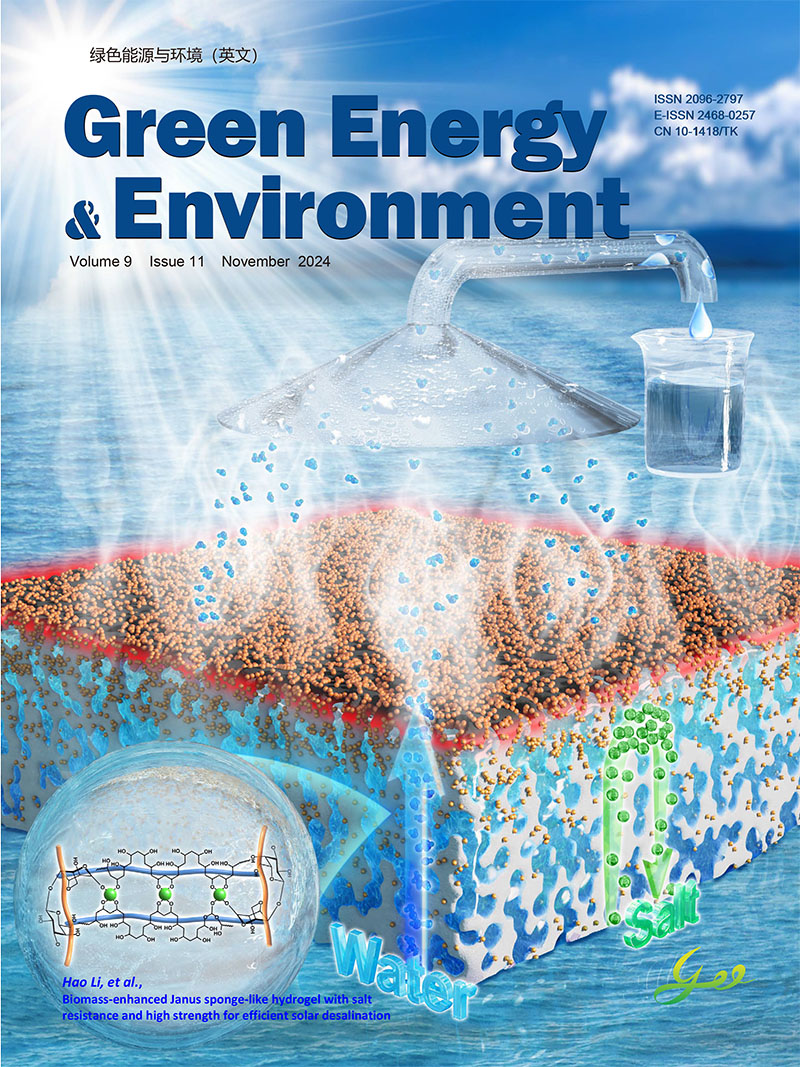2017 Vol. 2, No. 2
Display Method:
2017, 2(2)
doi: 10.1016/j.gee.2017.03.003
Abstract:
2017, 2(2)
doi: 10.1016/j.gee.2016.11.009
Abstract:
2017, 2(2): 67-69.
doi: 10.1016/j.gee.2016.12.001
Abstract:
2017, 2(2): 70-83.
doi: 10.1016/j.gee.2017.02.001
Abstract:
2017, 2(2): 84-99.
doi: 10.1016/j.gee.2017.03.002
Abstract:
2017, 2(2): 100-111.
doi: 10.1016/j.gee.2017.03.001
Abstract:
2017, 2(2): 112-118.
doi: 10.1016/j.gee.2016.12.004
Abstract:
2017, 2(2): 119-123.
doi: 10.1016/j.gee.2017.01.001
Abstract:
2017, 2(2): 134-141.
doi: 10.1016/j.gee.2017.01.004
Abstract:
2017, 2(2): 142-150.
doi: 10.1016/j.gee.2017.01.006
Abstract:
2017, 2(2): 160-167.
doi: 10.1016/j.gee.2017.01.008
Abstract:
2017, 2(2): 168-171.
doi: 10.1016/j.gee.2017.02.005
Abstract:








 京公网安备 11010802039050号
京公网安备 11010802039050号